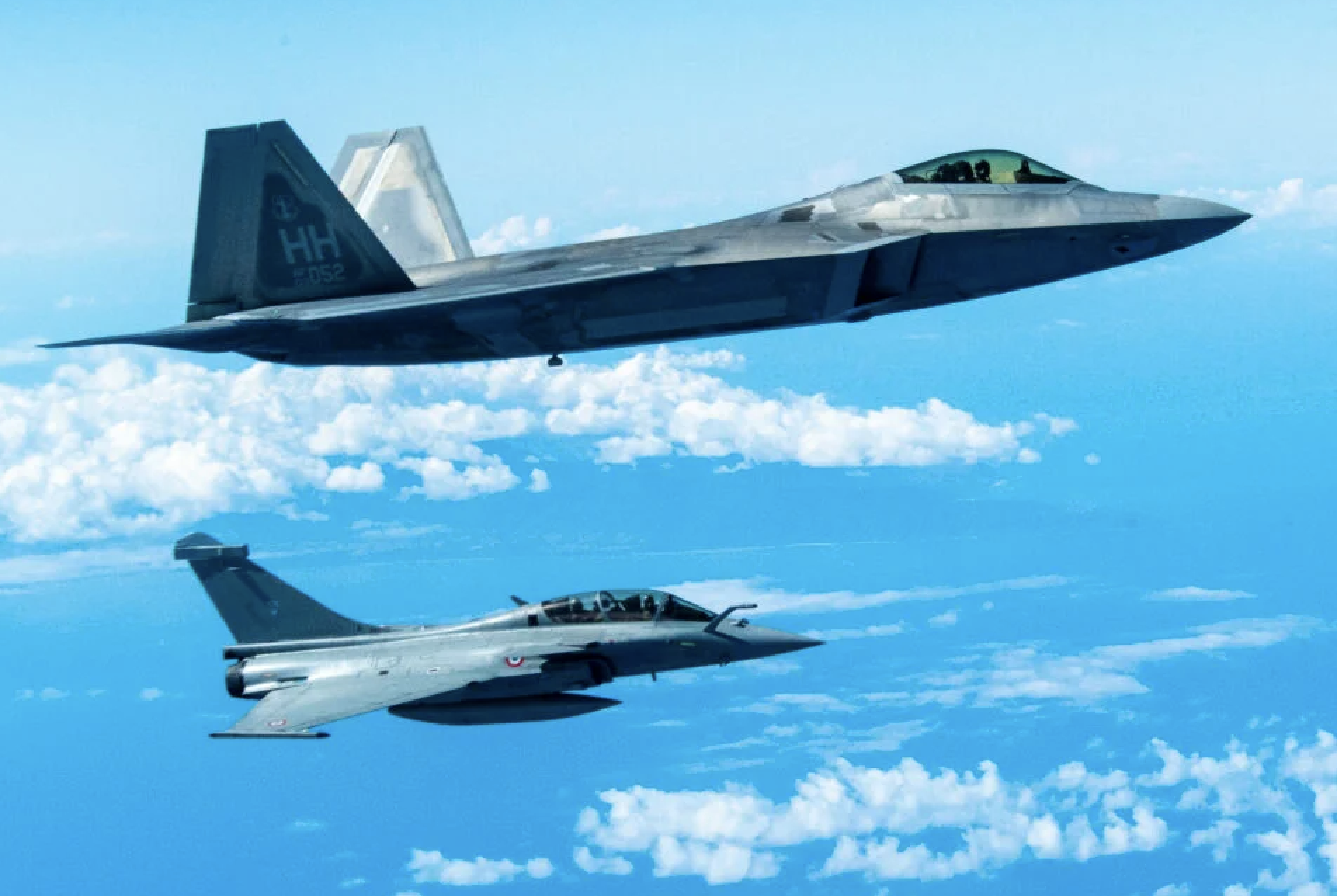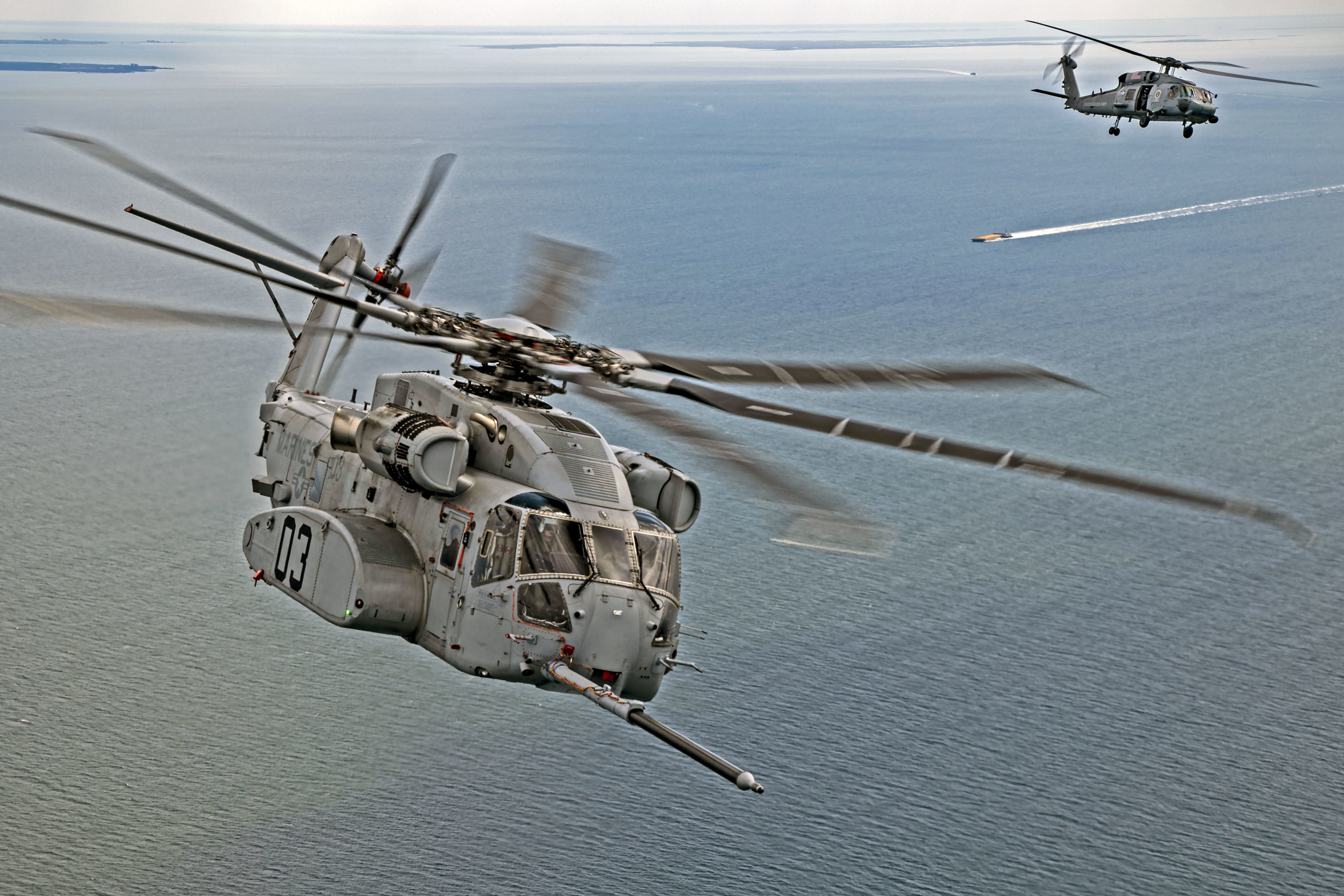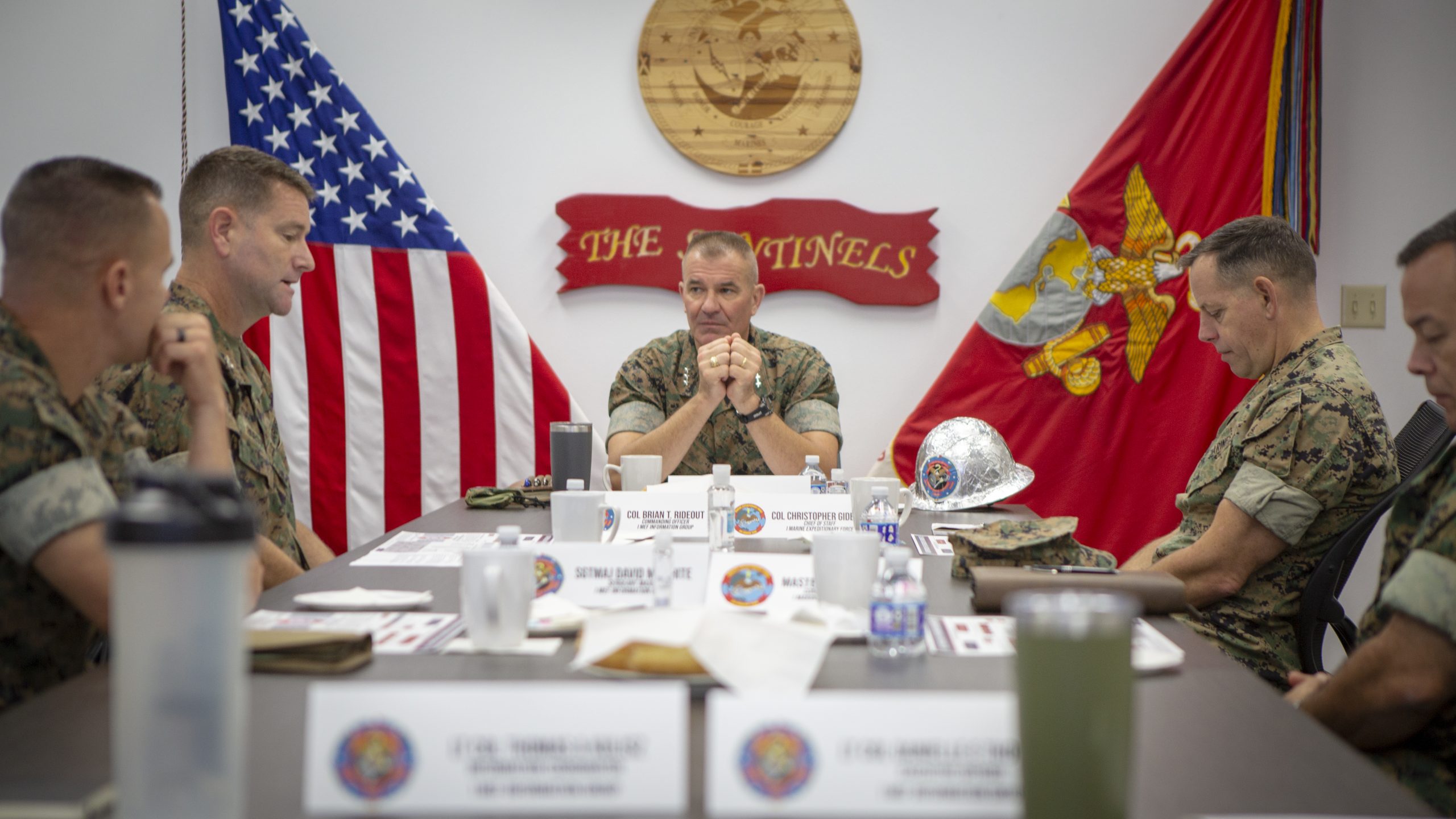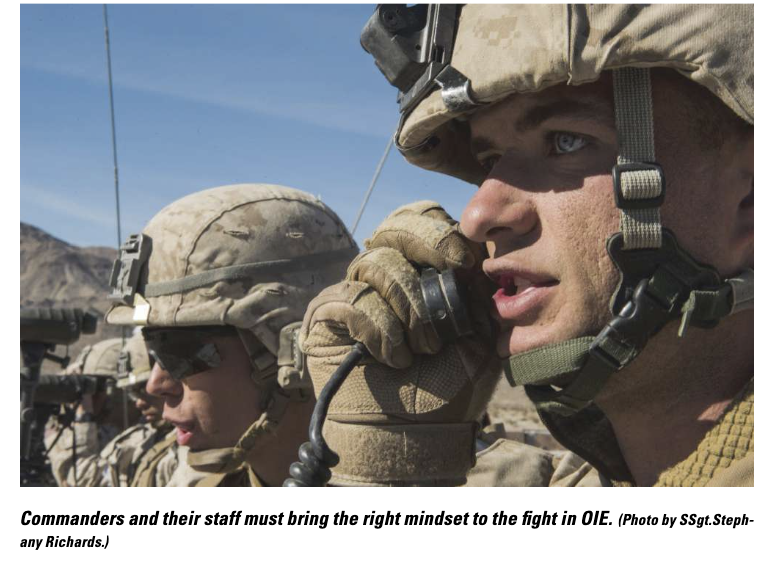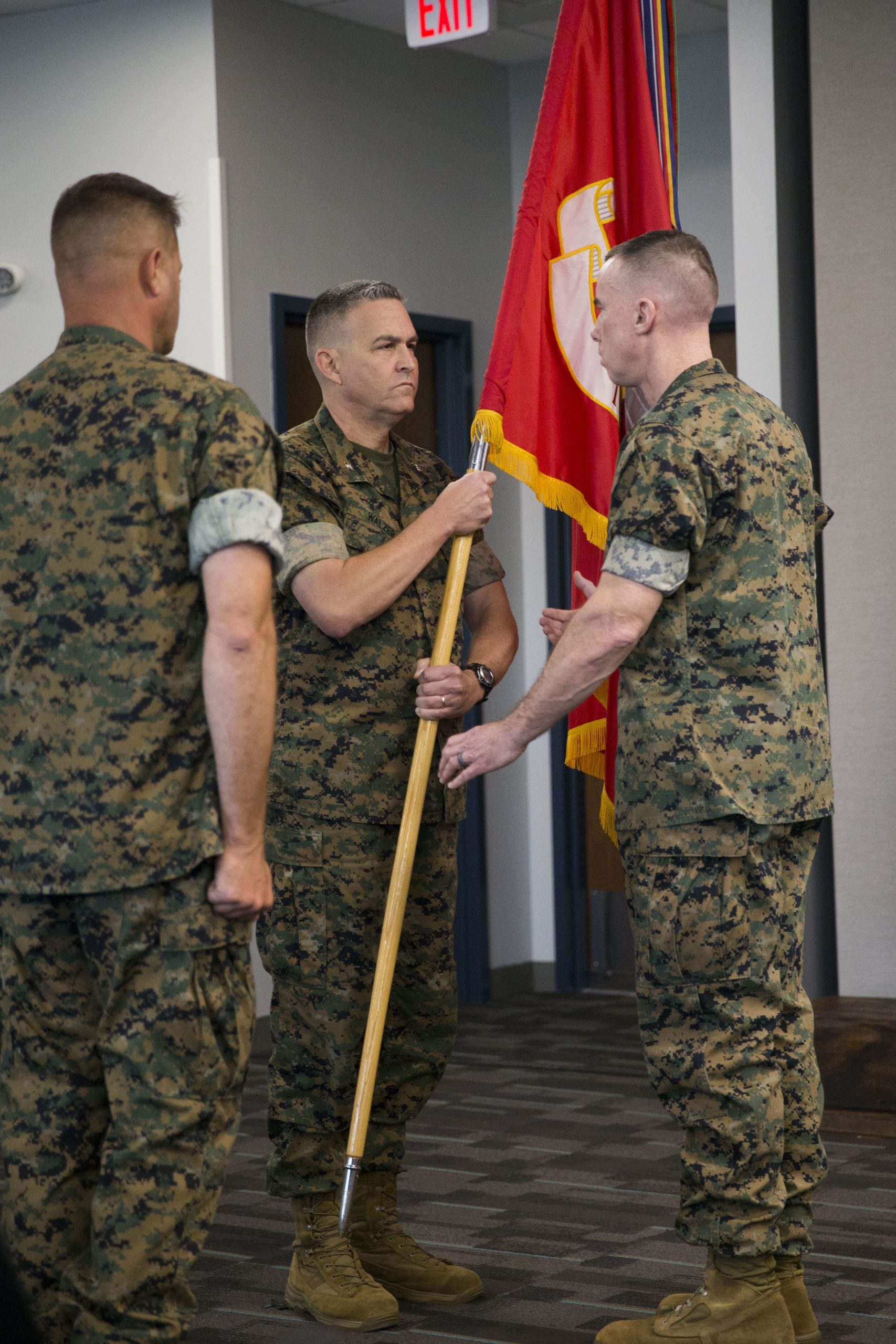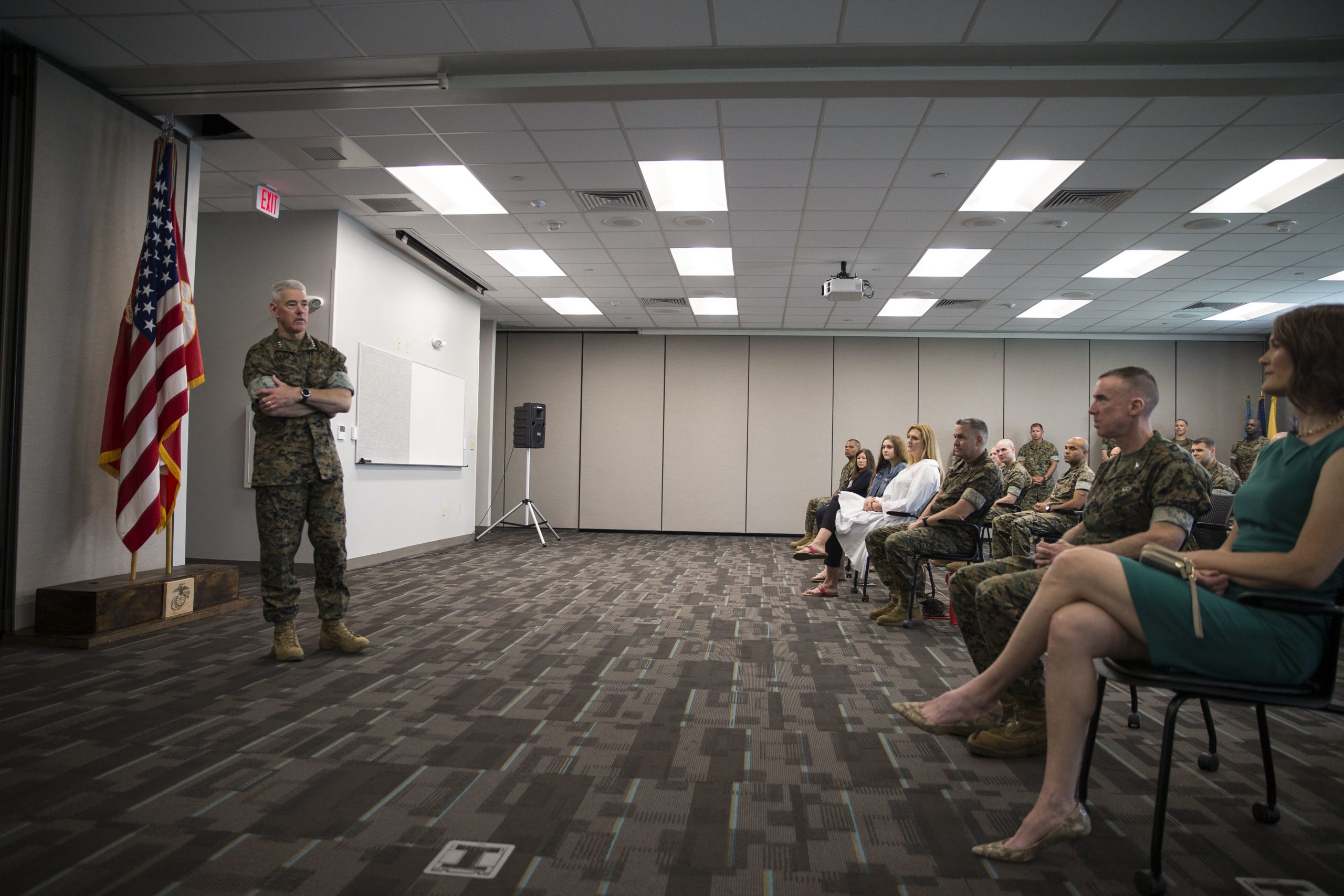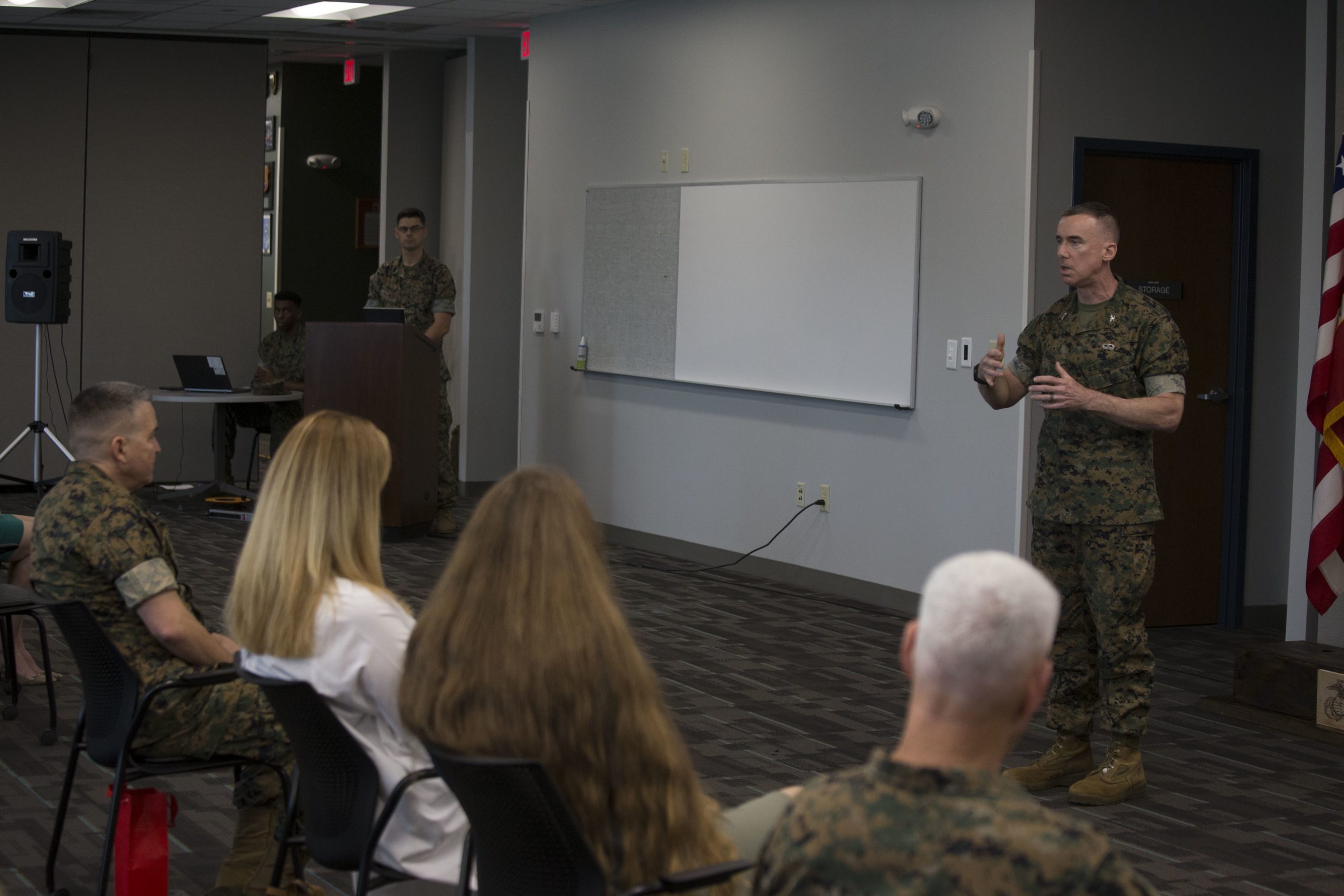By Murielle Delaporte
On July 9th, the U.S. Air Force and French Air and Space Force Chiefs met, in the presence of the French Ambassador to the United States, for the commemoration of the 240th anniversary of the 1781 Revolutionary War victory at Yorktown. This joint celebration takes place three months ahead of the actual date of the famous battle.
It also was taking place after the conclusion of a genuine milestone in the history of air power cooperation between the two traditional military allies.
Just a few days ago, about 170 French Aviators – pilots, flying crews, but also maintainers and support and logistics specialists – landed on board of 3 Rafale fighters, 2 A400M transport aircrafts and 1 A330 Multi Role Transport Tanker (MRTT) Phenix at Langley AFB after training from June 27th till July 7th in the Hawaian skies with their U.S. Pacific Air Forces (PACAF) counterparts.
Wakea was the ‘’name of the game’’ during which Rafales and F22s learned to operate together in high intensity warfare scenarios.
This is not the first time these two fleet flew together, but, as the Chief of French Air and Space Force (FASF), General Philippe Lavigne, pointed out when interviewed on his way back from the Pacific, ‘’there has been tremendous progress between the two Air Forces in the past years as not only do we train together in increasingly complex scenarios, but we are fighting together whether in the Middle East, the Sahel or in operations such as Hamilton in Syria in 2018.’’
Maintaining a Joint Long Range ‘’Tous Azimuts’’ Air Raid Capability
Being able to conduct a joint air operation such as Hamilton is not something one should take for granted, General Lavigne stresses, in the multi-threat and increasingly contested environment that is developing today.
‘’There can only be cooperation if there is a true will to cooperate.
“This determination between our two Air Forces have been constantly growing and translates itself today into more and more information sharing, the insertion of active threats in ever more complex exercises and live monitoring and debrief.
“Today US and French Aviators share the same planning room and the end result can be seen in the skies.
“Last May when the 3rd Atlantic Trident trilateral exercise between the USAF, the FASF and the RAF occurred at Mont de Marsan French Air Base, I was truly impressed with the perfectly synchronized air ballet taking place between Rafales and F35s ( from the US Air Force, the US Marine Corps and the the Royal Air Force) although they were flying together for the very first time.
“This gives a sense of what true ‘’Plug and Fight’’ can do.
“But make no mistake, this is the result of years and years of joint training trying to understand each others’ strength and weaknesses. An ongoing process happening in particular via our Airwarfare Centers exchanges, the decade-old Trilateral Strategic Initiative , but also via bi-monthly meetings among Pacific Air Chiefs …’’, he says.
One of the area where there is of course room for improvement is connectivity and integration of assets : ‘’we will not be able to win in the air, nor on the ground or in the seas for that matter, if we do not integrate multi-domain capabilities, such as space and cyber’’, General Lavigne reminds us.
Such integration has indeed been one of the key focus of this two-part French mission which started in Mont de Marsan on June 20th.
Heifara-Wakea, a ‘’laboratory of Premieres’’ for French Air Power
Wakea was the second leg of a broader mission referred to as ‘’Heifara-Wakea’’, which started with a long-range raid from the French main land to Tahiti.
With only one stop in Travis, California, this was the longest non-stop Rafale flight ever done with a total of 12 hours (the whole raid took 39 hours, i.e. 9 hours less than the initial objective ).
It was also the first time such a large number of air assets visited French Polynesia, the first time so many last generation air assets were deployed in the region starting with the last Rafale F3R standard equipped in particular with the Meteor long range missile and the AESA radar, the MRTT equipped with the latest L16-JRE (Joint Extension Range) data link and the A400M being used for the first time for Maritime Search and Rescue.
‘’A laboratory of Premieres’’ is indeed the way the FASF Chief refers to this raid, a result of previous missions such as Pegase 2018 and Skyros last December, but also the precursor for a 2023 mission planning to project 20 Rafales and 10 MRTTs in less than 48 hours 20 000 kilometers from France.
The goal of willing to achieve such an operational objective is three-fold : ‘’Protect French citizens in our overseas departments and collectivities as well as our interests in the Indopacific region in general. Demonstrate the type of operational credibility needed to keep air superiority in high end conflicts. Cooperate with allies in the region to defend in particular our freedom of navigation and our right to fly in this increasingly competitive part of the world’’.
With 2 sorties a day per aircraft and a readiness rate close to 100%, both Heifara and Wakea did demonstrate the capacities and the wide spectrum of missions the French Air and Space Force can do and that very few Air Forces can actually achieve today.
But adaptation is for general Lavigne the key lesson so that both air assets, sensors, but also airmen qualification keep matching the evolution of the threat and/or operational needs (humanitarian, disaster relief, etc).
One of the interesting ‘’Firsts’’ that has proven very encouraging from the point of view of French military planners is the testing of the brand new French Air Operation Center which was recently inaugurated in Lyon.
Called CAPCO (for ‘’Centre Air de planification et de conduite des opérations’’), the new center was in particular able to order and coordinate an in-depth Scalp cruise missile strike right upon the arrival of the squadron in Tahiti in a simulated heavily defended anti-access, area denial scenario.
Using the MRTT as a forward C2 asset and a CAPCO relay nod is part of the revolution and the path towards FCAS (Future Combat Air System) and the new collaborative air warfare in the process of being written as a doctrine.
CAPCO must indeed, in the words of general Lavigne, be also understood in the dual context of the French Air and Space Force command of the NATO Reaction Force in 2022 and of the arrival of the new ACCS (Air Command and Control System) in NATO. General Lavigne, who is himself to become the new SACT (Supreme Allied Commander Transformation) in a couple of months…
An earlier version of this article was published by Breaking Defense on July 12, 2021.
Featured photo: A Hawaii Air National Guard F-22 Raptor flies in formation with a French Air and Space Force F3-R Rafale June 30, 2021, near Oahu, Hawaii. (U.S. Air National Guard)


